Before smartwatches, there was only one reason anyone would look at a watch. Telling the time is now just one of the many functions of a smart watch. People use smartwatches to check the time, track important health indicators, communicate with friends, select watch faces for the day, and watch a variety of content from their wrists.
Samsung Newsroom has followed the evolution of the Galaxy Watch line over the past decade – how the device has transcended its traditional role and redefined what it means to be a watch.

Thinking Outside the Box: Opening a New Era of Smart Watches
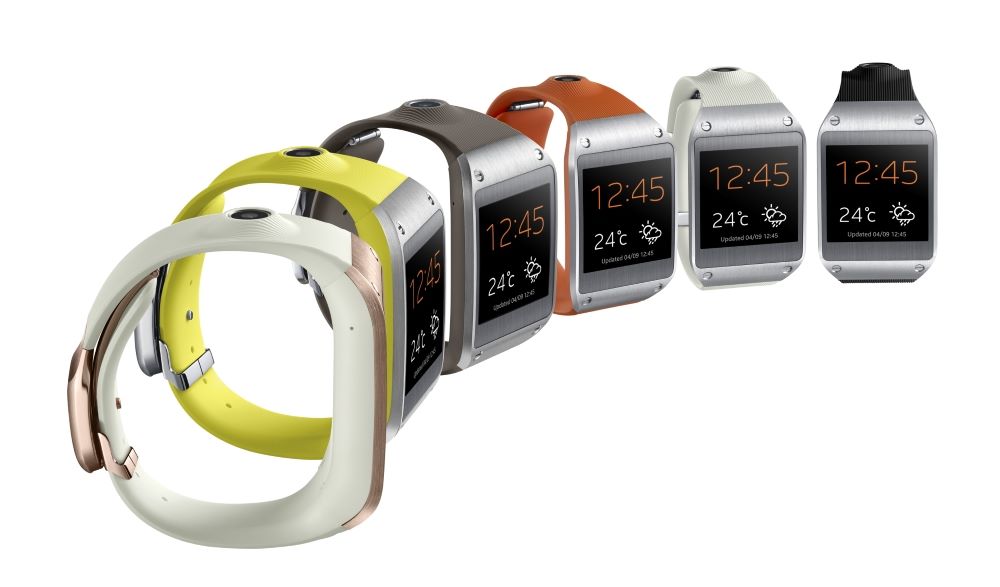
Unveiled in September 2013, the revolutionary Galaxy Gear brought the Galaxy experience closer to everyday life. The wearable had a 41.4-millimeter display that allowed users to make and receive calls, schedule events, set alarms, and check the weather by voice. Photos and short videos could be taken instantly without smartphones, thanks to the 1.9 megapixel camera attached to the strap and the clever Memographer function. More than just a wristwatch, the Galaxy Gear paved the way for a new era of smartwatches.
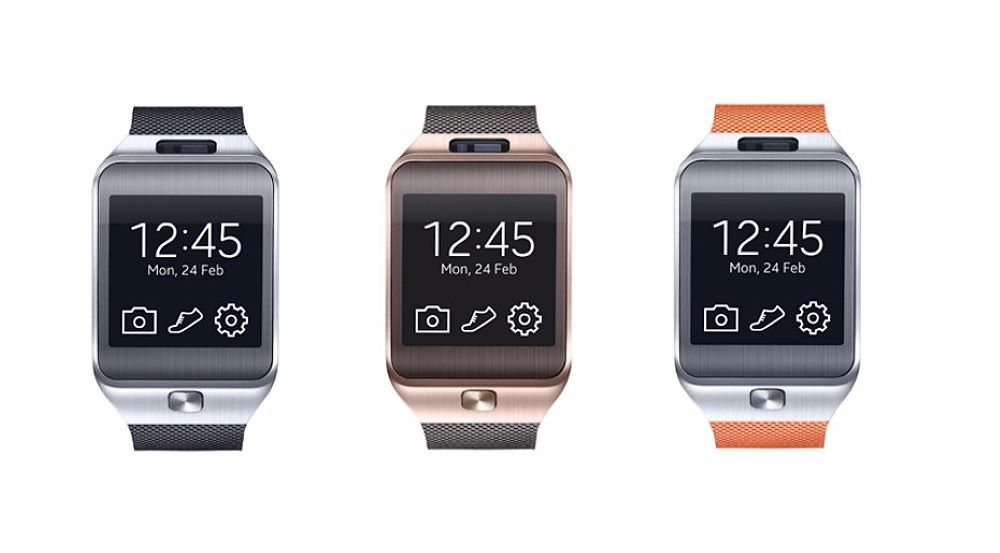
Samsung launched the second generation Samsung Gear2 in February 2014. Lighter and thinner than its predecessor, this device was equipped with a longer battery life and packed with more features that could be used without a smartphone. Users can monitor their heart rate and monitor their exercise in real time with the heart rate sensor, or turn the watch into a stand-alone music player with built-in file storage. The Samsung Gear2 Neo was introduced at the same time and offered consumers another option with all the same features as the Samsung Gear2 except for the camera.
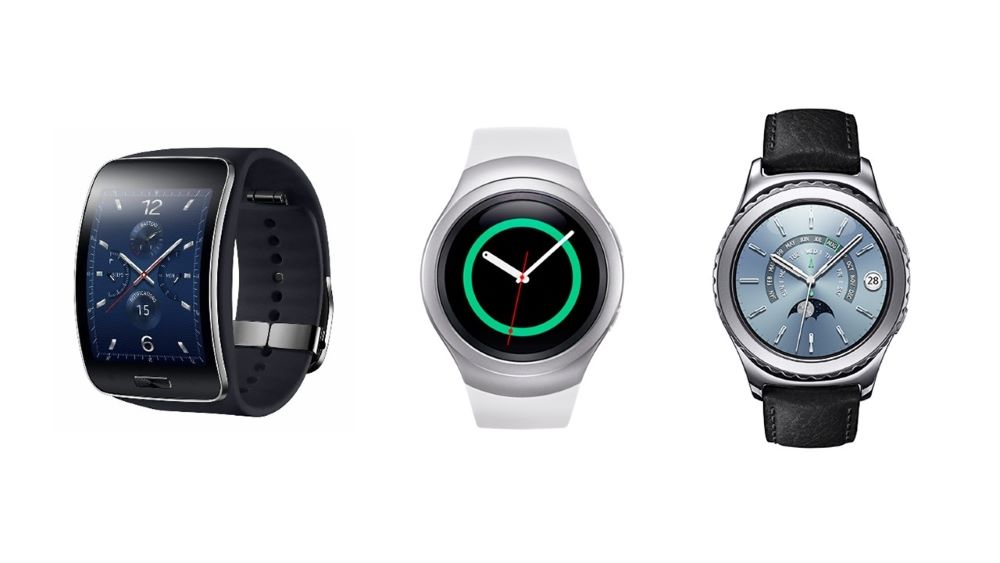
Launched in 2014, the Samsung Gear S was Samsung’s first smartwatch with a large, curved Super AMOLED display that wrapped around the wearer’s wrist – with 3G and Wi-Fi support without a smartphone connection. The Samsung Gear S2, its 2015 successor, was Samsung’s first smartwatch with a circular display and rotating bezel, which is now a hallmark of the Galaxy Watch Classic line.
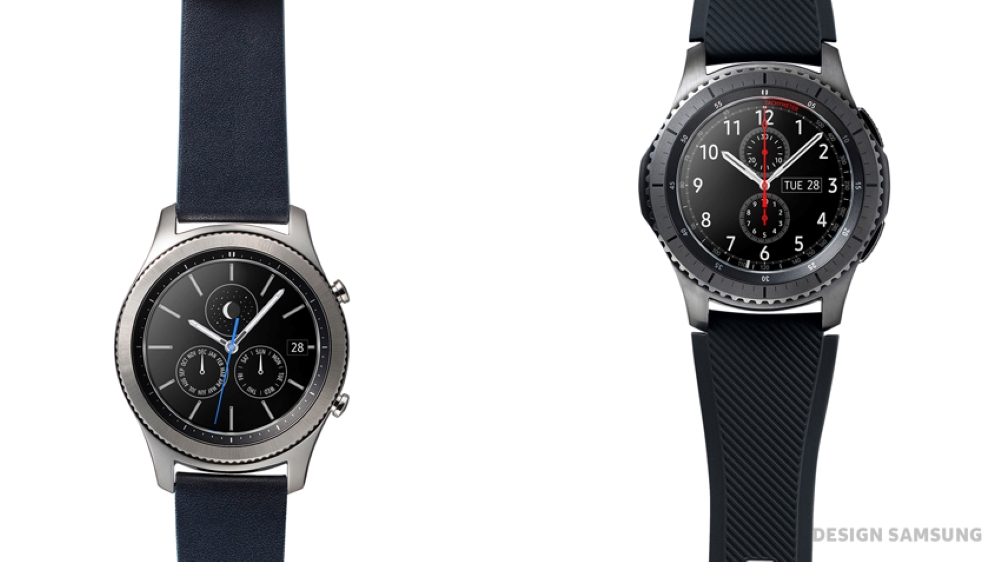
In 2016, Samsung launched the Samsung Gear S3, which turned heads with an elegant design inspired by traditional watches and more innovative features that improved everyday life. The Always On Display function continuously showed the time on users’ wrists thanks to the Super AMOLED display that supports 16 million colors. With a built-in speaker and microphone, the device allowed users to receive calls using handsfree without a Bluetooth headset. Meanwhile, GPS helped users record exercise history or check routes on maps without a smartphone.
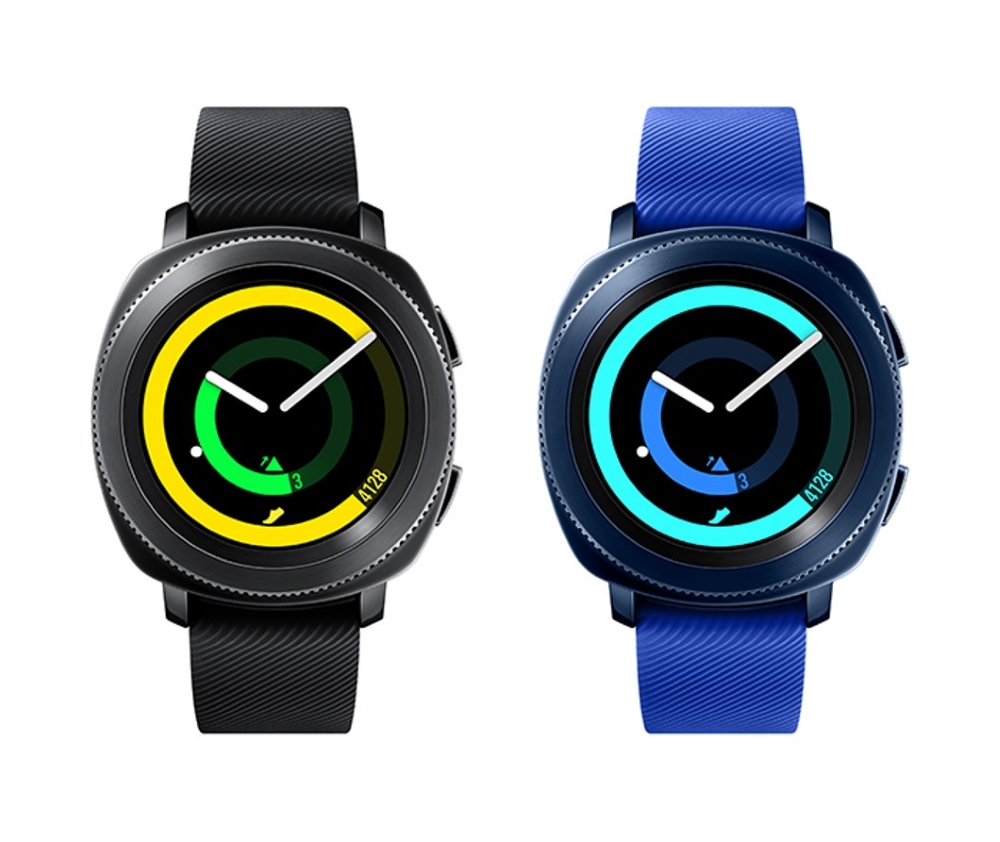
Samsung Gear Sport, the latest model in the Samsung Gear line, offered a sporty design for those with an active lifestyle. The watch boasts 5 ATM water resistance and can also be worn while swimming. Improved water resistance features included a Water lock mode that prevents accidental activation of the touchscreen during strong current.
Galaxy Watch: The new partner for a balanced lifestyle
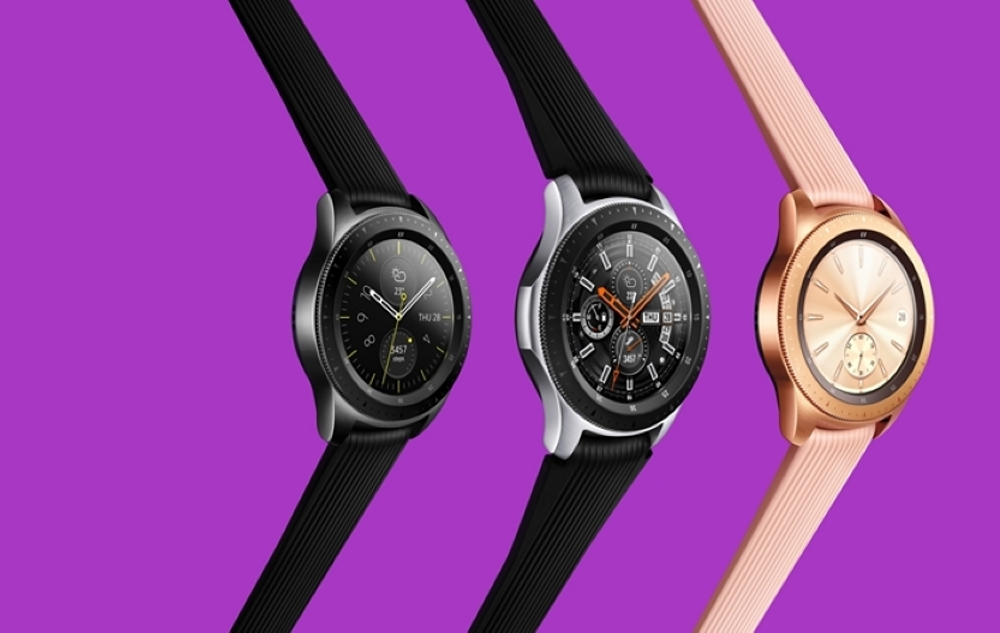
In August 2018, the Galaxy Watch series was born. This rebrand reflected the diverse and ever-expanding functions of smartwatches in today’s world — as health tracker, personal assistant, fashion accessory and much more. To enhance the user experience and highlight Samsung’s smartwatch identity, the wearable retains the signature circular bezel of previous models, but adds an hourly alarm and second hand ticking sound for the first time. Available in three colors and sizes of 42 and 46 millimeters, this versatile device offered stress management and sleep management features to improve users’ health and fitness. Users could also track workouts from 39 different types of exercise, more than any other watch on the market at the time.

Samsung launched a new range of smartwatches in February 2019 with the Galaxy Watch Active, specially designed for users with an active lifestyle. Boasting a 28.1 millimeter Super AMOLED display, this watch has retained the signature circular shape but removed the bezel and used aluminum to reduce the weight by 25 grams. The 20mm watch strap made of flexible fluoroelastomer offered fashion-conscious users a variety of ways to express their individuality. Health-conscious users, on the other hand, could track their exercise, sleep, stress levels and blood pressure in real time – they could even check how long they spent in rapid eye movement (REM) sleep versus the other three stages of sleep.
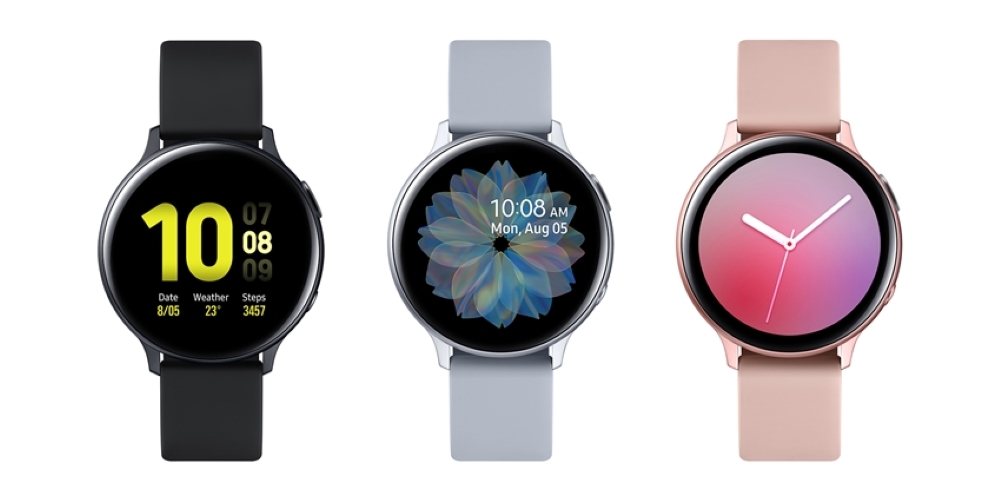
In August 2019, the Galaxy Watch Active2 took personalized health and wellness management to the next level for people seeking a healthier lifestyle. In addition to the rotating bezel and other improvements to the user experience, My Style provided users with more stylish, customized watch faces. The wearable was the perfect partner to help users adopt a healthier and more balanced lifestyle through improved stress and sleep management features, as well as a workout feature that could track over 39 different types of exercise. Additionally, the upgraded Galaxy ecosystem has improved connectivity and everyday convenience.
A new era: Integrated health care is here

After two years, Samsung brought the Galaxy Watch3 to those interested in health in August 2020. While maintaining the circular frame made of stainless steel, users could choose from a larger 41 or 45 millimeter display with a lighter and thinner body. For the first time in Galaxy history, Samsung has added an even lighter, stronger and more premium model made of titanium. The device provided integrated healthcare from the wrist with health, fitness, sleep management and blood pressure monitoring. In addition, Samsung has introduced electrocardiogram (ECG) measurement and a blood oxygen function to monitor oxygen saturation over time.
The Galaxy Watch4 range has redefined the smartwatch experience in August 2021 – with two models, the modern and minimalistic Galaxy Watch4 and the more traditional Galaxy Watch4 Classic with its signature rotating bezel. Launched for the first time, the BioActive Sensor measured various health indicators such as blood pressure, EKG and blood oxygen saturation levels more accurately than previous watches. Users who want a more holistic view of health could measure their body composition by simply placing two fingers on the smartwatch to learn how to manage and reach their health goals. The wearable was equipped with the new Wear OS, developed in collaboration with Google, so users had access to more applications. Meanwhile, the new One UI Watch update has greatly improved the user experience by seamlessly connecting the watch with Samsung smartphones, wireless headphones and other devices.
Above the wrist: A partner who knows himself better
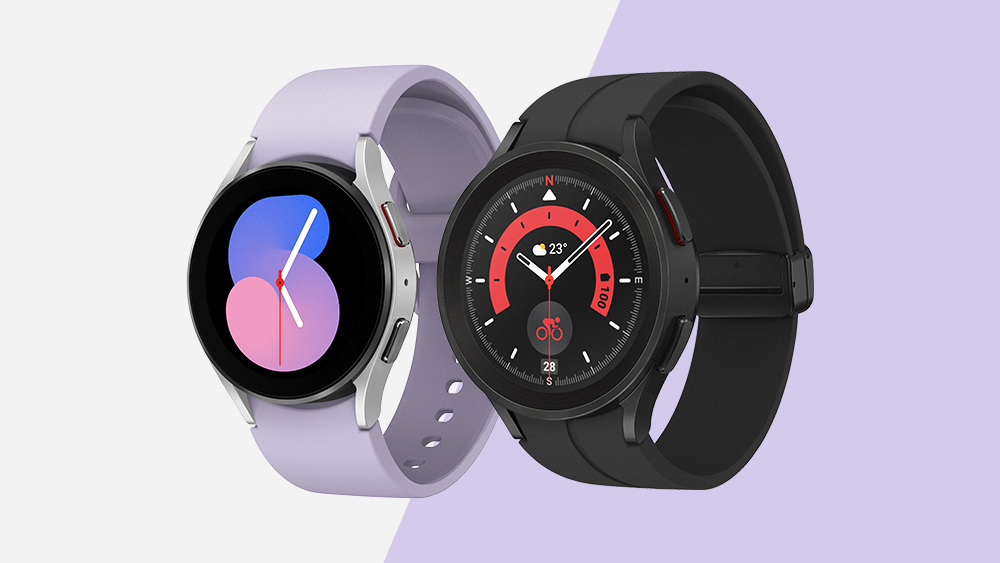
In August 2022, Samsung opened another chapter of smart watches with the Galaxy Watch5 series. The Galaxy Watch5 Pro, optimal for outdoor sports, has been newly introduced in this range. The more advanced Samsung BioActive Sensor has improved the accuracy of measuring body composition, heart rate and ECG. The newly equipped temperature sensor on the Galaxy Watch5 provided predictions based on skin temperature to help women conveniently track their menstrual cycles.
Samsung has once again stood by its health-seeking users with the Galaxy Watch6 series, launched in July 2023. This wearable device offers holistic health features that provide more personalized, innovative health solutions to users who want to better manage their health. The display is complemented by a thinner bezel and is about 20% larger than its predecessors, so that users can see more information at a glance. The Galaxy Watch6 has a distinctive circular design, while the Galaxy Watch6 Classic has a rotating bezel reminiscent of an analog watch. The spring bar structure has been replaced by a new button that allows users to easily switch the watch band with one click.
With an even more sensitive BioActive sensor and high-performance processor, health metrics have become more specialized – from sleep management and fitness coaching to heart health monitoring.
Galaxy Health Experience based on artificial intelligence and next-generation watches
Samsung introduced the One UI 6 Watch in May 2024. With this, the company successfully transformed the Galaxy Watch into a full digital health assistant that measures indicators such as heart rate, sleep patterns and more. Health statistics are more comprehensive and detailed than ever before, and users now receive personalized AI-powered messages that motivate them to reach their health goals. In addition, the upcoming Galaxy Watch series, which will be launched in the second half of this year, will measure advanced glycation end products (AGEs) with an updated bioactive sensor that includes multi-color light-emitting diodes (LEDs) and newly designed photodiodes.
Samsung is constantly expanding its horizons and will continue to do so. Each new wearable device not only offers the basic functions of a watch, but also provides the services that younger generations expect. In its quest to become the closest partner that cherishes every exciting and precious moment in every user’s life, Samsung has been pushing the boundaries of smartwatches for over a decade – and the best is yet to come.


